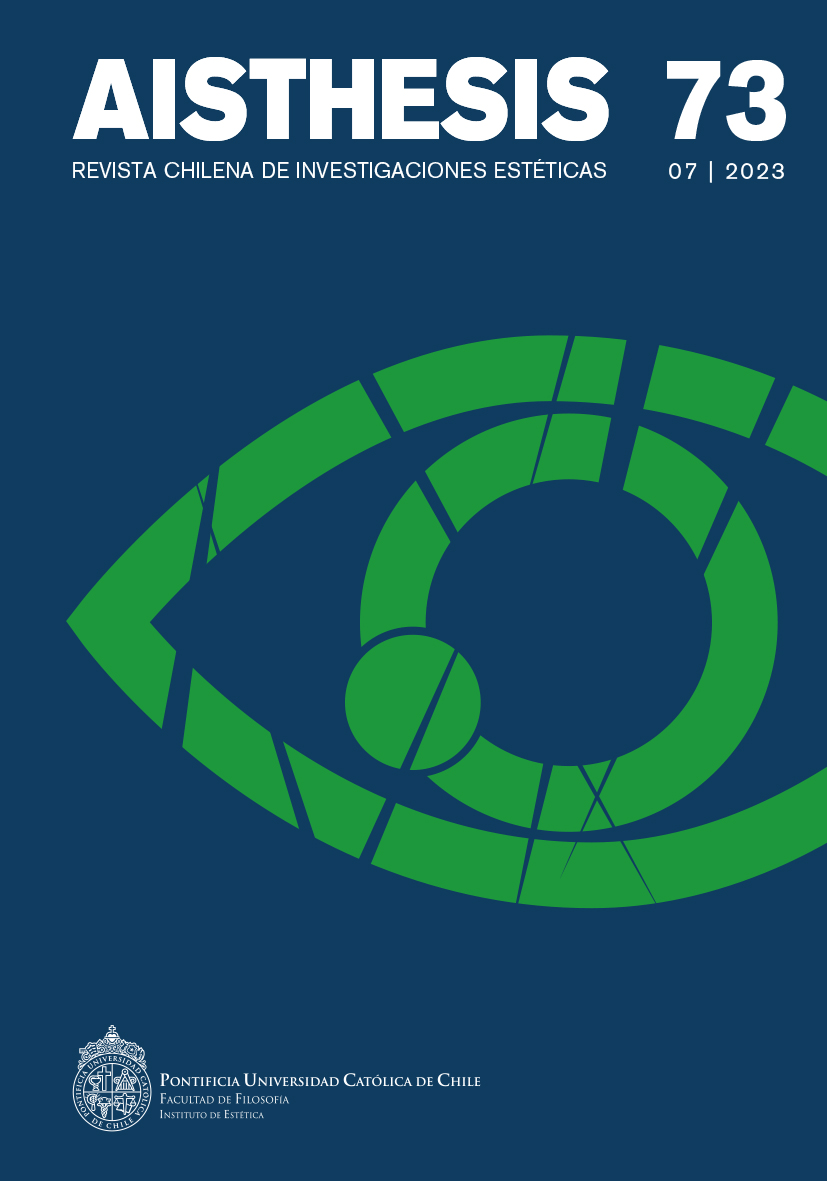Revised Narco-Aesthetics/Ethics : From Narcoculture to a Female Gaze?
Main Article Content
Abstract
How have stories about narcos evolved since the original boom of the subgenre? This article evaluates the transition from a masculine perspective in film and TV about drug trafficking – where antiheroes were highly popular – to a female gaze that seeks to highlight care as a reaction to said conflict. Our work focuses on four films that feature narco-violence as their background: Tigers Are Not Afraid (Issa López 2017), Identifying Features (Fernanda Valadez 2020), Prayers For The Stolen (Tatiana Huezo 2021) and La Civil (Teodora Mihai 2021). These films tell four stories of women striving to survive in a context filled with forced disappearances. These disappearances have become a recurring trope in recent narco-fictions and embody the violence and corruption that has plagued Mexico for the past two decades. The search for justice of these heroines becomes an initiation for the main characters, which transforms them and extracts them from their initial situation of vulnerability and subordination.
Downloads
Article Details

This work is licensed under a Creative Commons Attribution-NonCommercial-ShareAlike 4.0 International License.
All contents of this electronic edition are distributed under the Creative Commons license of "Attribución-shareAlike 4.0 Internacional" (CC-BY-SA). Any total or partial reproduction of the material must mention its origin.
The rights of academic works published in this publication belong to their authors., who grant to AISTHESIS: Revista Chilena de Investigaciones Estéticas the license for its use. The management of the permits and the authorization of the publication of the images (or of any material) that contains copyright and its consequent rights of reproduction in this publication is the sole responsibility of the authors of the articles
References
Guizardi, Menara. «Identidades, fronteras y violencia de género: un debate crítico en la obra de cuatro antropólogos sudamericanos». Estudios Atacameños, vol. 67, nº 4, 2021. https://dx.doi.org/10.22199/issn.0718-1043-2021-0004
Ihwanny, Rista y Manneke Budiman. «Filmmakers’ Aesthetic Strategy Against the Politics of Taste of European Film Festivals». Kasetsart Journal of Social Sciences, n° 42, 2021, 141-146.
Kristeva, Julia. Powers of Horror: An Essay on Abjection. Trad.. Leon S. Roudiez. Columbia UP, 1982.
Langland, Victoria. «Fotografía y memoria». Escrituras, imágenes y escenarios ante la represión. Eds. E. Jolin y A. Longoni. Siglo XXI, 2005, pp. 81-105.
Noel, Gabriel y José Garriga Zucal. «Notas para una definición antropológica de la violencia: Un debate en curso». PUBLICAR - En Antropología y Ciencias Sociales, nº 9, 2010.
Nora, Pierre. Pierre Nora en Les lieux de mémoire. Ediciones Trilce, 2008.
Palaversich, Diana. «Narcoliteratura (¿De qué más podríamos hablar?)». Tierra Adentro,
nº 167, 2012, pp. 54-63.
Richard, Nelly. Fracturas de la memoria. Arte y pensamiento crítico. Siglo XXI, 2013, p. 109.
Rincón, Omar. «Narco.estética y narco.cultura en Narco.lombia». Nueva Sociedad, nº 222, 2009, pp. 147-163.
––. «Todos llevamos un narco adentro - un ensayo sobre la narco/cultura/telenovela como modo de entrada a la modernidad». Matrizes, vol. 7, nº 2, 2013, pp. 1-33.
Segato, Rita. Las estructuras elementales de la violencia: contrato y status en la etiología de la violencia. Universidade de Brasília, Departamento de Antropologia, 2003.
––. La escritura en el cuerpo de las mujeres asesinadas en Ciudad Juárez: territorio, soberanía y crímenes de segundo estado. Universidad del Claustro de Sor Juana, 2006
Sontag, Susan. Regarding the Pain of Others. Penguin UK, 2013.
Valencia Triana, Sayak. «Capitalismo gore: narcomáquina y performance de género». E-Misférica, 8.2 #Narcomachine, 2011
Vásquez Mejías, Ainhoa. «La villanía heroica de El Señor de los Cielos en la lucha contra un Estado anómico. Anagramas - Rumbos y sentidos de la comunicación, vol. 13, nº 25, 2014, pp. 107-126. Recuperado el 7 de agosto de 2022, de
––. «De muñecas a dueñas. La aparente inversión de roles de género en las narcoseries de Telemundo». Culturales, vol. 4, nº 2, 2016, pp. 209-230. Recuperado el 8 de agosto de 2022, de http://www.scielo.org.mx/scielo.php?script=sci_arttext&pid=S1870-11912016000200209&lng=es&tlng=es.
Weiss, Natalie. «Un mapa de singularidades en las imágenes y memorias del cine de los hijos de desaparecidos». Amerika [Online], nº 15, 2016. Recuperado el 6 de agosto de 2022 de http://journals.openedition.org/amerika/7788.
